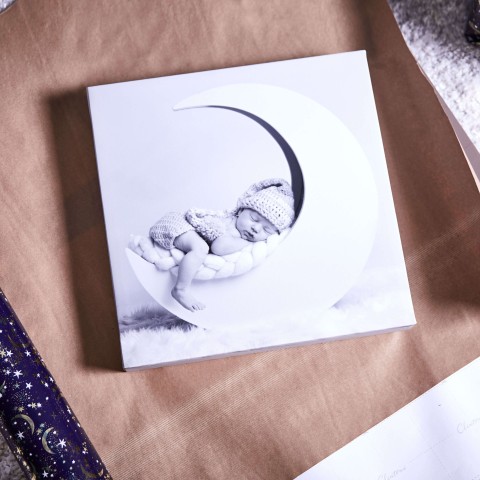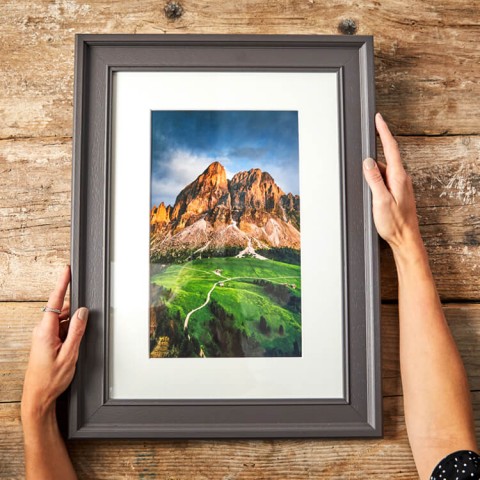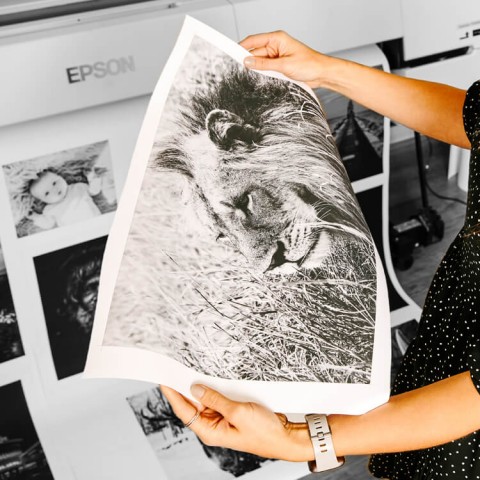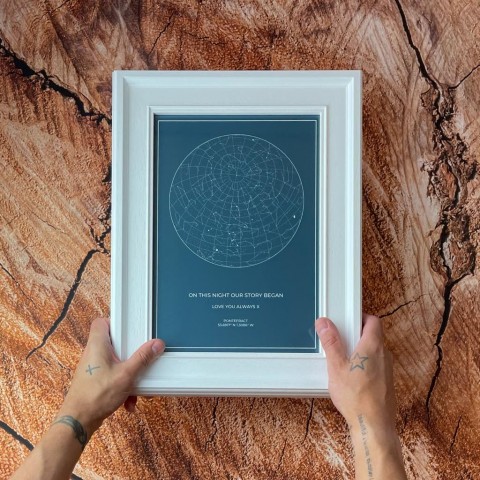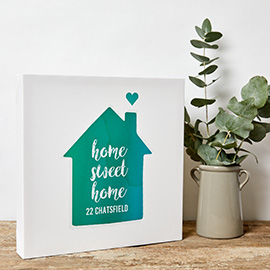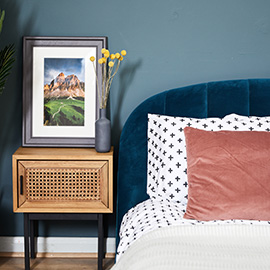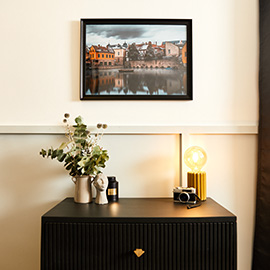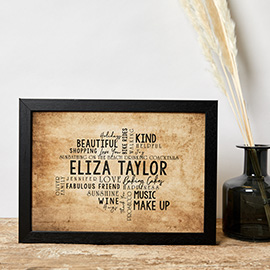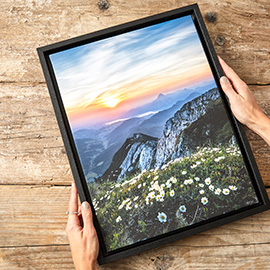Marvellous macro photography – part 4
This week in our series on macro photography we’re going to look a little closer at the techniques you’ll need to master in order to produce consistent results.
Macro is a discipline that requires a much higher degree of technical precision than many genres of photography, because we’re dealing with a subject that’s highly detailed and likely to be filling the frame. Beginners often feel frustrated by an inability to produce the kind of shots that attracted them to macro in the first place, but if you follow our tips in this article you’ll soon be able to call yourself a macro master!
Still life
Practicing on still life subjects is a great way to hone your skills because unlike creepy crawlies in the garden, they don’t crawl or fly away. To achieve consistent results:
Think about the light: move your subject into an area with good natural light, such as a window sill
Use a tripod and cable release, and shoot with your mirror up to limit camera shake
Use your base ISO to improve image quality
Focus manually because at such close distances your eyes will be much more accurate than your camera’s autofocus system
Create as much depth of field as possible by shooting at f/22 – f/32, because at such short subject-to-lens distances depth of field is tiny
When you’ve practiced these techniques for a while take the camera off of the tripod and get used to being as accurate as possible while handholding. You can use image stabilisation if you wish, but if you plan on moving on to live subjects, you’ll need to practise without it too. Try focusing by moving your body backwards and forwards ever so slightly rather than turning the manual focus ring – it’s a very accurate way to make fine adjustments.
Creepy crawlies
Your diligent practise on still life subjects will serve you well when you venture outside to find your first little critters to photograph. Don’t, however, expect to have the same kind of ratio of keepers because as far as we can tell insects are totally untrainable! You can improve your success rate by:
Approaching your target quietly to prevent spooking
Shooting in good light
Thinking about everything in your frame: busy backgrounds can be distracting
Using a ring flash or off camera speedlight to freeze the action and create drama
Insects can be encouraged to settle exactly where you choose by laying food traps. A few drops of honey or fruit will attract wasps, and almost any food will attract house flies – although we’re not so sure you’d want a canvas print of this type of bug on your wall!!


